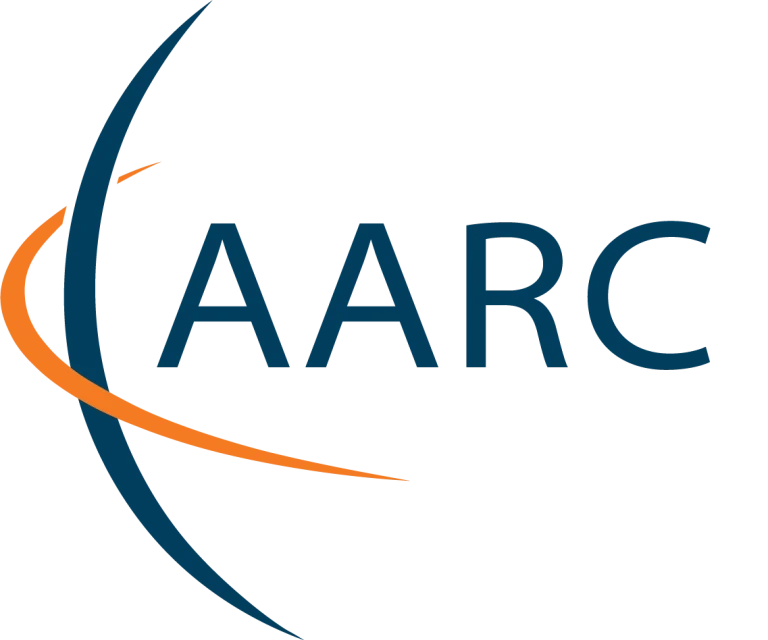Join the AARC TREE Compendium Workshop
The AARC TREE project is organizing a dedicated workshop to engage with the eScience clusters and gather valuable input for the upcoming Compendium of AARC Best Practices and Recommendations—the first version of which is expected in October 2025.
The aim of the Compendium is to gather use-cases, and to show how the AARC BPA and its interoperability framework can enable them as well as to provide inputs for the sustainability of the AARC-compliant AAIs that are operated in the eScience community. The Compendium will be published as a living document, with ongoing contributions from the wider AARC community anticipated.. The sustainability and maintenance of the Compendium after the end of the project will be taken into account, leveraging existing communities such as FIM4R and AEGIS.
Originally planned for May, the in-person workshop has been rescheduled to take place alongside the OSCARS workshop, ensuring maximum synergy with the leading European Research Infrastructures (RIs) driving the Open Science movement across the five Science Clusters, (Humanities and Social Sciences, Life Sciences, Environmental Sciences, Photon and Neutron Science, Astronomy, Nuclear and Particle Physics). Holding both events together will enhance collaboration and strengthen the impact of cross-disciplinary initiatives.
During the workshop, the AARC TREE team will:
- Present the initial revision of the AARC Blueprint Architecture
- Share updates on policy and interoperability framework
- Unveil a first look at the Compendium
- Reflect on community-driven requirements collected from across the eScience research and e-infrastructures.
We are welcoming feedback from the OSCARS community—to better understand current and emerging needs, and how AARC TREE can continue to support the research infrastructure landscape in meaningful and practical ways.
Registration is open and the programme is being finalised. Let’s shape the future of secure and interoperable access for Open Science, together!


